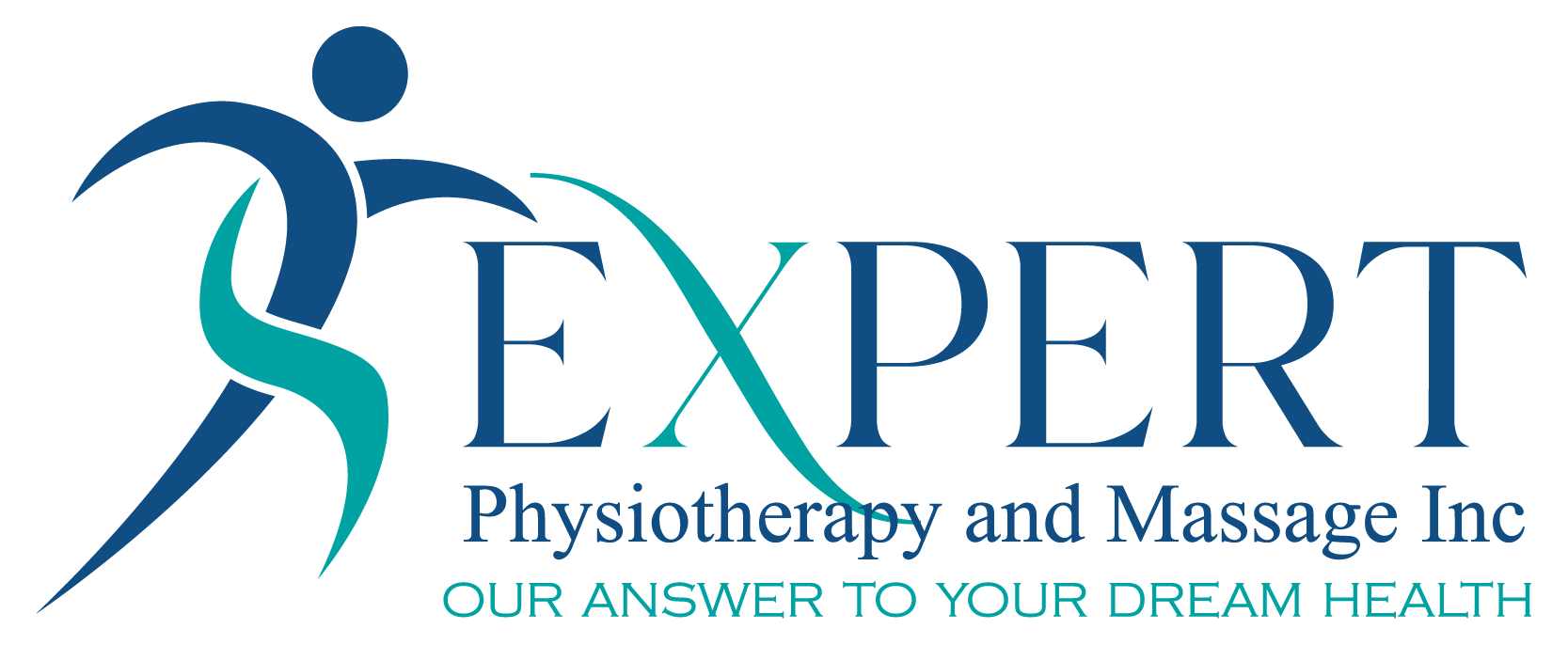Sciatica is a condition that can significantly impact your daily life, causing pain, discomfort, and restricted mobility. Characterized by pain radiating along the sciatic nerve—which runs from the lower back down through the hips, buttocks, and legs—sciatica can be caused by a variety of factors, including herniated discs, spinal stenosis, or muscle imbalances. While the condition can be debilitating, physiotherapy offers an effective, non-invasive approach to managing symptoms and promoting recovery.
What Is Sciatica?
Sciatica isn’t a diagnosis in itself but rather a symptom of an underlying issue. The sciatic nerve is the longest and widest nerve in the body, and when it becomes compressed or irritated, it can lead to symptoms such as:
- Sharp or shooting pain in the lower back, buttocks, or down the leg
- Numbness or tingling sensations
- Muscle weakness in the affected leg or foot
- Difficulty standing, sitting, or walking for extended periods
The Role of Physiotherapy in Treating Sciatica
Physiotherapy is a cornerstone of conservative treatment for sciatica. It aims to reduce pain, improve mobility, and address the root cause of the nerve irritation. Here are some ways physiotherapy can help:
1. Pain Relief Techniques
Physiotherapists use a variety of techniques to alleviate pain and inflammation. These may include:
- Manual therapy: Hands-on techniques to release tension and improve joint mobility
- Heat and cold therapy: To reduce inflammation and soothe irritated nerves
- Ultrasound therapy: To promote tissue healing and reduce pain
2. Stretching and Strengthening Exercises
Customized exercise programs are essential for sciatica recovery. Stretching exercises help to relieve tension in the lower back and hamstrings, while strengthening exercises target the core and gluteal muscles to provide better support for the spine.
3. Postural Education
Poor posture can contribute to or exacerbate sciatica. A physiotherapist will assess your posture and provide guidance on maintaining proper alignment during daily activities, reducing strain on the spine and surrounding muscles.
4. Nerve Mobilization
Specialized techniques, such as nerve gliding exercises, can help improve the mobility of the sciatic nerve and reduce symptoms of entrapment.
5. Ergonomic Advice
Physiotherapists can provide recommendations for improving your workstation, sleeping position, and daily habits to minimize strain on your lower back and prevent future flare-ups.
Benefits of Physiotherapy for Sciatica
- Non-invasive treatment: Avoiding surgery and medication dependency
- Personalized care: Tailored treatment plans to address your specific needs and lifestyle
- Holistic approach: Focus on overall wellness and long-term prevention
- Faster recovery: Enhancing mobility and function while reducing pain
When to Seek Physiotherapy for Sciatica
If you experience persistent sciatic pain lasting more than a few weeks, or if your symptoms are severe and interfere with your daily life, it’s time to consult a physiotherapist. Early intervention can prevent the condition from worsening and improve your quality of life.
Take the First Step Towards Recovery
At Expert Physiotherapy and Massage, our experienced team specializes in the treatment of sciatica and other musculoskeletal conditions. Using evidence-based techniques and a patient-centered approach, we’ll work with you to develop a customized plan that helps you regain control over your life.
Don’t let sciatica hold you back. Contact us today to schedule your consultation and take the first step towards pain relief and improved mobility.


